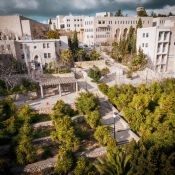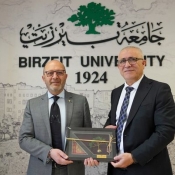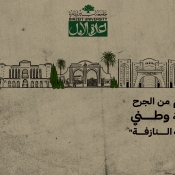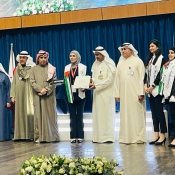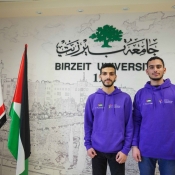“Beyond the aesthetics" a Palestinian fashion exhibition - News
Under the
auspices of the Bank of Palestine, the Ethnographic and Art Museum at BZU opened
the exhibition "Beyond aesthetics," the Palestinian fashion
exhibition on 27 June 2011, in an attempt to discover the symbolic dimensions
of the Palestinian costume, and how to use it as instruments of communication
and social networking. The exhibition highlighted the use of color, images and
shapes in the displayed pieces as tools for delivering messages, related to the
Palestinian reality and life until mid-twentieth century.
The Museum’s Founder, Ms. Vera Tamari, expressed her pleasure
to inaugurate the exhibition, underscoring the role played by BZU to embrace
these heritage collections, where the dresses were purchased since more than
thirty years. Tamari added: "the exhibition addresses the different concepts
and ideas that are manifested in various costumes and pieces.”
The
Public Relations Director at the Bank of Palestine, Thaer Hamayel, believed
that the sponsorship of this exhibition comes under the social responsibility
of the Bank of Palestine, and its sponsorship of Palestinian culture.
Exhibition Statement:
Beyond Æsthetics, is an exhibition showcasing the Ethnographic and Art
Museum’s Palestinian Costume and Tawfiq Canaan Amulet collections, curated on
the basis of the visual symbolism and communication as seen in both
collections. It aims to elaborate on how the potentials and possible attitudes,
when exhibiting and studying ethnographic collections in a visual context, are
virtually unlimited. With this approach, the Museum hopes to surpass the
stiffness of nostalgia and conservatism which seem too often to confine and
limit discourse and imagination when cultural heritage is in question. This
exhibition comes as part of the 2011 series of events organized by the Museum
aiming to bring the contemporary visual arts program closer to the University’s
local community as well as to society as a whole, which in turn stresses on the
importance of unconfined artistic practice and interaction.

